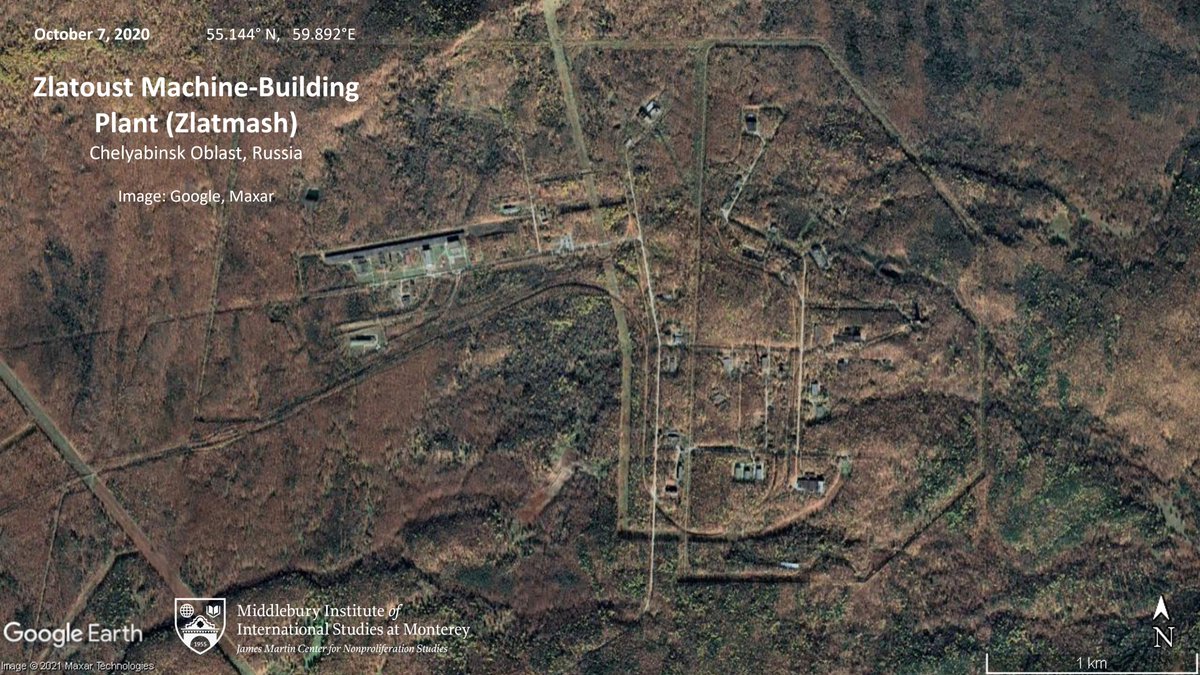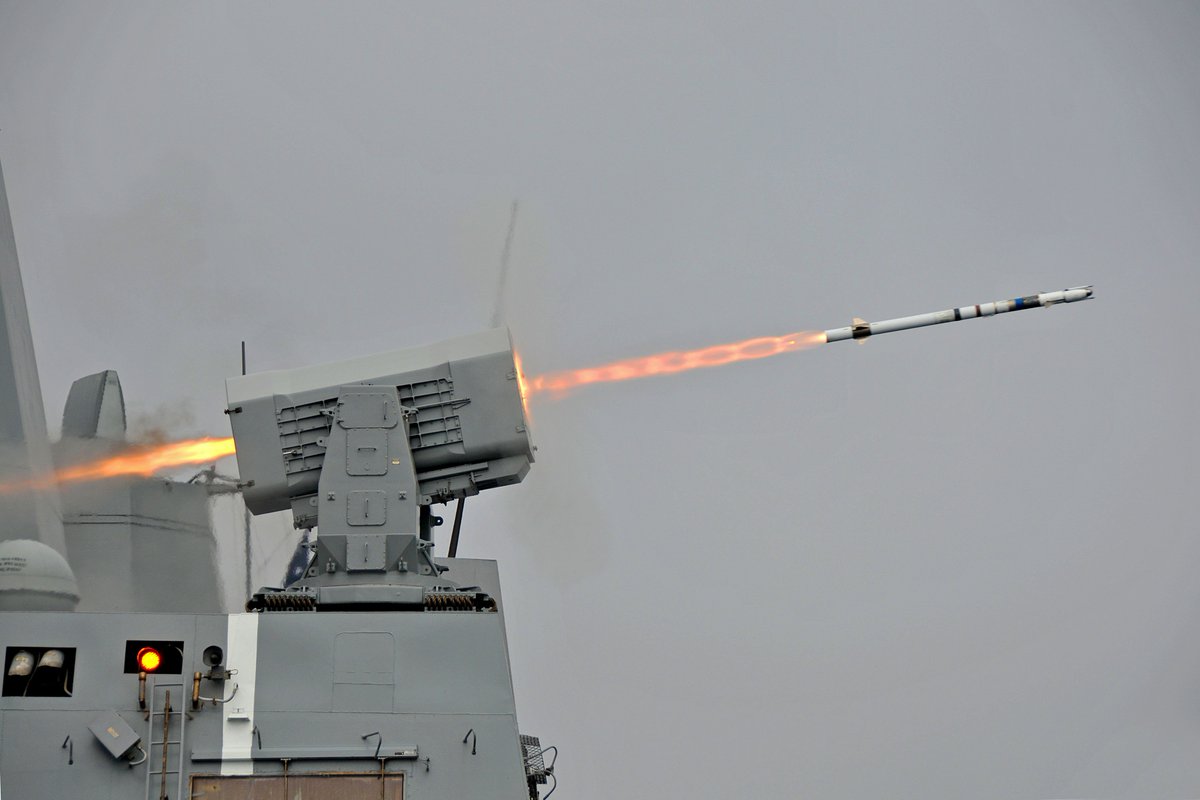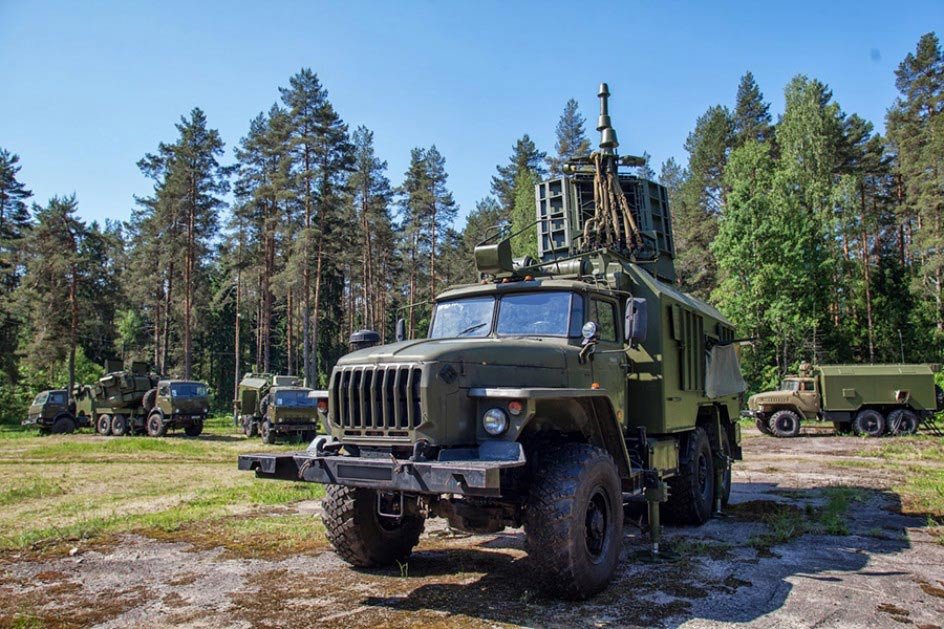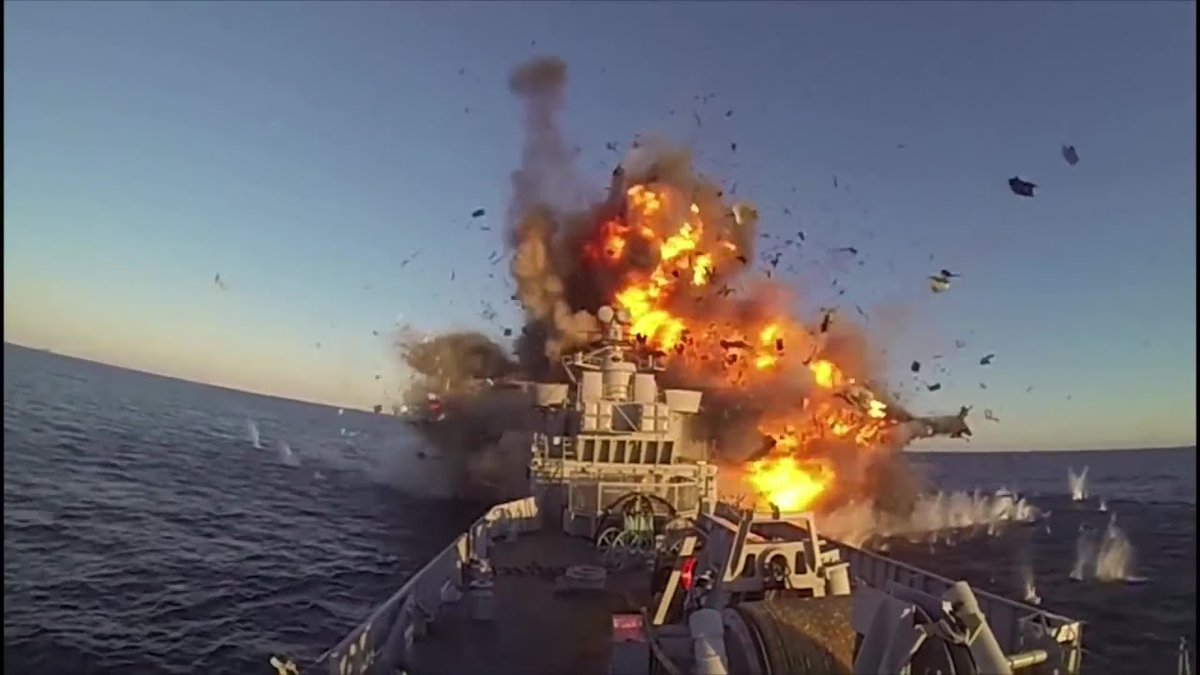
I see the ghost of the R-27 has returned to haunt us again.
"Ampulization," referring to the fueling & hermetically sealing of a ballistic missile at the factory, was a Soviet innovation, developed by the Makeev bureau & first used in the R-27 SLBM. 1/12
"Ampulization," referring to the fueling & hermetically sealing of a ballistic missile at the factory, was a Soviet innovation, developed by the Makeev bureau & first used in the R-27 SLBM. 1/12
https://twitter.com/ArmsControlWonk/status/1442985298757963780?s=20
2/12 For the Soviets, ampulization required the development of several technological advances. While no longer on the cutting edge, North Korea's potential use of ampulization has implications for where certain parts of the DPRK program are, technologically speaking.
3/ Makeyev described the technologies necessary for ampulization. Many of these can be seen in videos of R-27 missile production. This video is especially useful; I should do a separate thread later explaining other aspects of the manufacturing process:
net-film.ru/found-page-1/?…
net-film.ru/found-page-1/?…
4/12 First is automated welding & advanced leak testing.
Leaks in a hypergolic-propellant missile are bad. Leaks in a fueled hypergolic-propellant missile trundling across the USSR in a railcar are potentially catastrophic.
Leaks in a hypergolic-propellant missile are bad. Leaks in a fueled hypergolic-propellant missile trundling across the USSR in a railcar are potentially catastrophic.
5/ Repetitive circumferential welding on cylinders is an ideal task for automation.
However, welding is both an art & a science. Machines lack the intuition of an experienced welder. Thus, designing a high-precision automated welding system is not as simple as you might expect.
However, welding is both an art & a science. Machines lack the intuition of an experienced welder. Thus, designing a high-precision automated welding system is not as simple as you might expect.
6/12 To inspect these welds, the Makeyev bureau (and the Isayev bureau, responsible for the R-27's rocket engine) developed several leak testing methods, including mass spectroscopy with helium tracer gas, capillary liquid, indicator gases, and radiography.
7/12 There were also materials science problems. In addition to developing corrosion-resistant aluminum alloys like AMg6, advances in smelting technology were needed to reduce defects and gas bubbles in the metal.
8/12 Fueling the missiles required the creation of specialized equipment. As the operations were performed indoors, safety required that little to no UDMH and NTO fumes be allowed to escape during the fueling process.
9/12 This Zlatmash factory, east of Zlatoust, was the fueling and ampulization facility. The location is 55.144° N, 59.892° E. 

10/12 Lastly, my favorite part. For Makeev, ampulization meant the missile should have no threaded fittings that can vibrate loose. So how do you fit the drain & fill valves to the propellant tanks?
Answer: You weld them. Directly into a flange on the filled propellant tank. 😀
Answer: You weld them. Directly into a flange on the filled propellant tank. 😀
11/12 The welding process for the valves (using argon-shielded arc welding without filler metal) was remotely controlled via a television monitoring system.
12/12 The reasons for ampulization of SLBMs and mobile missiles is obvious. For SLBMs, it simplified operations and eliminated the need for skilled fueling crews at remote submarine bases. For mobile land-based systems, pre-fueled missiles require much less launch preparation.
• • •
Missing some Tweet in this thread? You can try to
force a refresh
































